I hate to admit that a fair amount of my research starts on Facebook. And two posts, stacked on top of each other, caught my attention last week. The first was a video showing cops training for the fight they might encounter as a part of an overhaul NYPD was doing to make sure situations like the Eric Garner case don’t happen anymore.
The second video, was of a real fight, in Los Angeles’ skid row that ended with police shooting a suspect who was trying to take an officer’s gun. (Click here for the video, and here and here for our take on it.)
Two incidents on two coasts in two of our nation’s largest and most scrutinized forces. The videos were separated by much more than 3,000 miles.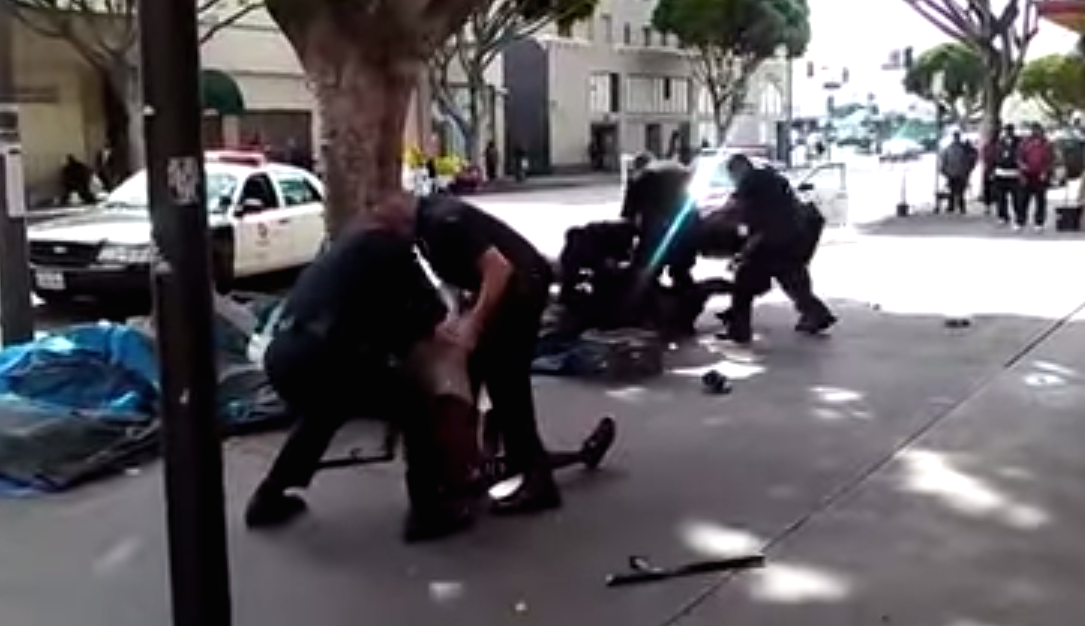
The first video was a news story about changes that were being implemented in the NYPD academy. The reporter said that police departments are turning toward martial arts training, to make their communities safer.
“It’s so violent that it makes it a little ironic that the police academy has now turned to the martial arts to actually minimize injuries, to make sure fewer people are hurt and killed when taking down suspects,” the reporter explains as a martial arts instructor is shown taking down a student who offers little-to-no resistance. He used what is traditionally called a “bar-arm takedown.”
In the Los Angeles video, multiple police officers are seen trying to control an out-of-control suspect. They end up shooting him after the tries to take an officer’s gun.
I showed the videos to a friend, a good person who is pro-law enforcement, but who had never been a cop or had any kind combatives training. “If only those cops in that video had known that arm-bar they teach in New York,” I said to him.
“Seriously?” he asked. “You think it would have worked?”
It reminded me of a quote by retired corrections sergeant, author and trainer, Rory Miller: “In theory, there is no difference between theory and reality. In reality, there is.”
Rubber Meets the Road
Law enforcement trainer and combatives expert Tony Blauer says, “There’s no evidence that anything we (defensive tactics instructors) teach, actually makes anyone safer or works in a real fight.”
Blauer should know. He’s been teaching in the law enforcement and military circles for the past three decades.
“Show me the dashboard videos of anything that’s taught in a basic academy being used in a real fight. They don’t exist,” he says.
“And I am not talking about that one guy on your department who has trained since he was five and is 6’3’’, 240 lbs. I’m talking about the average cop using what they were taught in a real fight,” Blauer says. “Those dashboard videos should be our litmus test.”
How We Train
The truth is that my friend who watched the two videos knew that the video of the training looked nothing like the video of the fight. And that’s the problem. We want our fights to look like our training. Instead, we need to make our training look like our fights. We have plenty of video and plenty of case studies to use to do it.
Because here’s the problem: My friend with no relevant experience intuitively knew that technique-based takedowns and controls wouldn’t have worked in an out-of-control environment. So do the cops we teach them to. But we use our valuable training time to teach them—because on film it looks like it works and we can say we did our jobs.
We check the box. On paper we’re done. On paper there’s less liability.
Changing techniques and policies does not make officers safer. It does not make the people they protect safer. It does not make the people they may fight safer. And while the intent is to prevent liability, that’s debatable.
Conclusion
Taking away viable options because they look too violent or dangerous and replacing them with a skill that only works in theory makes us all less safe, no matter how many agencies are doing it. Like Blauer says: “A bad idea, embraced by a million people, is still a bad idea.”






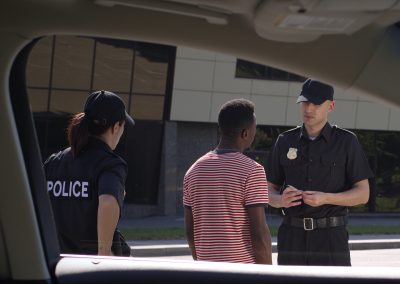
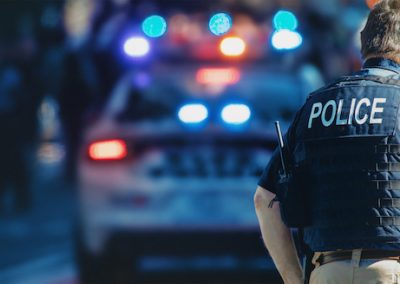
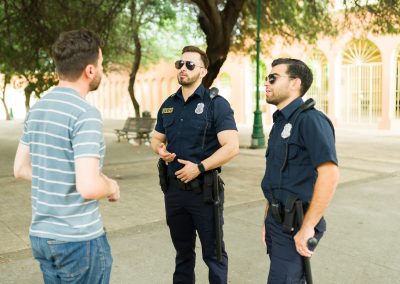
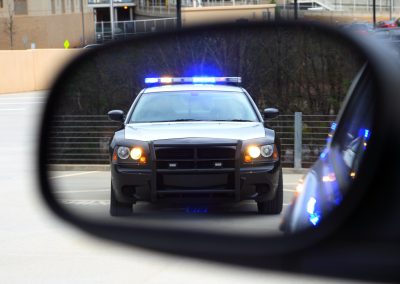
0 Comments